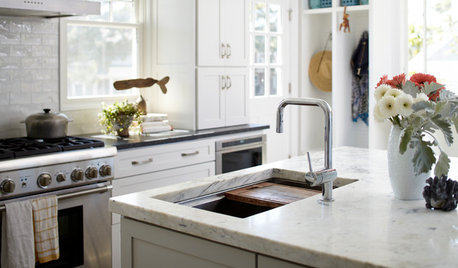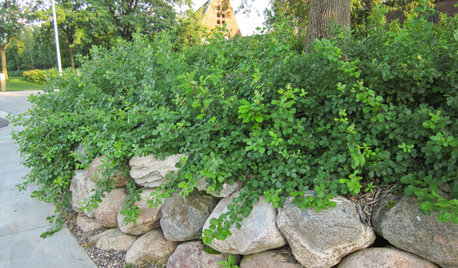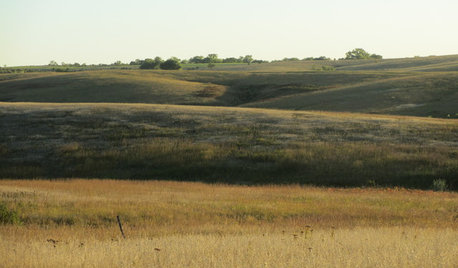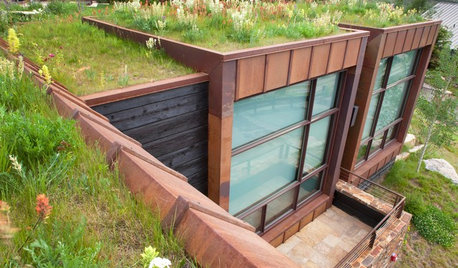Having trouble maintaining low Ph with container blueberries
container_blueberry
14 years ago
Related Stories

KITCHEN DESIGNKitchen of the Week: Double Trouble and a Happy Ending
Burst pipes result in back-to-back kitchen renovations. The second time around, this interior designer gets her kitchen just right
Full Story
EDIBLE GARDENSSummer Crop: How to Grow Blueberries
Plant blueberries in spring or fall for garden beauty through three seasons — and a sweet superfood in summer
Full Story
LANDSCAPE DESIGN7 Low-Maintenance Lawn Alternatives
Turf isn't the only ground cover in town. Get a lush no-grass lawn with clover, moss and other easy-care plants
Full Story
GARDENING GUIDESGreat Design Plant: Rhus Aromatica ‘Gro-Low’ Handles Many Tough Sites
Plant ‘Gro-Low’ fragrant sumac in eastern and midwestern U.S. gardens for its tolerance of tough sites, spreading form and orange fall color
Full Story
GARDENING GUIDESGreat Design Plant: Rosa Banksiae a Low-Maintenance Beauty
This thornless, disease- and insect-resistant rose brings showers of white or yellow flowers to the spring garden
Full Story
GARDENING GUIDESHow to Get Your Prairie On
Have a field day with your landscape, even if you've got just a few modern containers on a paved path
Full Story
CONTAINER GARDENSPatio-Perfect Berry Bushes Like You’ve Never Seen
Small enough for pots but offering abundant fruit, these remarkable bred berries are a boon for gardeners short on space
Full Story
LANDSCAPE DESIGN15 Great Ideas for a Lawn-Free Yard
End the turf war for good with hardscaping, native grasses and ground covers that save water and are easier to maintain
Full Story
FURNITUREHow to Keep Your Upholstery Looking Good
You wouldn't expect your car to maintain itself. Show your sofa and chairs the same courtesy with this 3-part strategy
Full Story
GREEN BUILDING6 Green-Roof Myths, Busted
Leaky, costly, a pain to maintain ... nope, nope and nope. Get the truth about living roofs and see examples from simple to elaborate
Full Story


tapla (mid-Michigan, USDA z5b-6a)
container_blueberryOriginal Author
Related Professionals
Baltimore Landscape Architects & Landscape Designers · Waunakee Landscape Architects & Landscape Designers · Lakeland Landscape Contractors · Longmont Landscape Contractors · Parkland Landscape Contractors · Pompano Beach Landscape Contractors · South Lyon Landscape Contractors · Kingsburg Landscape Contractors · Casselberry Landscape Contractors · Camp Springs Landscape Contractors · Saratoga Solar Energy Systems · Lake Arrowhead Window Contractors · Ridgewood Fence Contractors · Parker Fence Contractors · Orangevale Fence Contractorstapla (mid-Michigan, USDA z5b-6a)